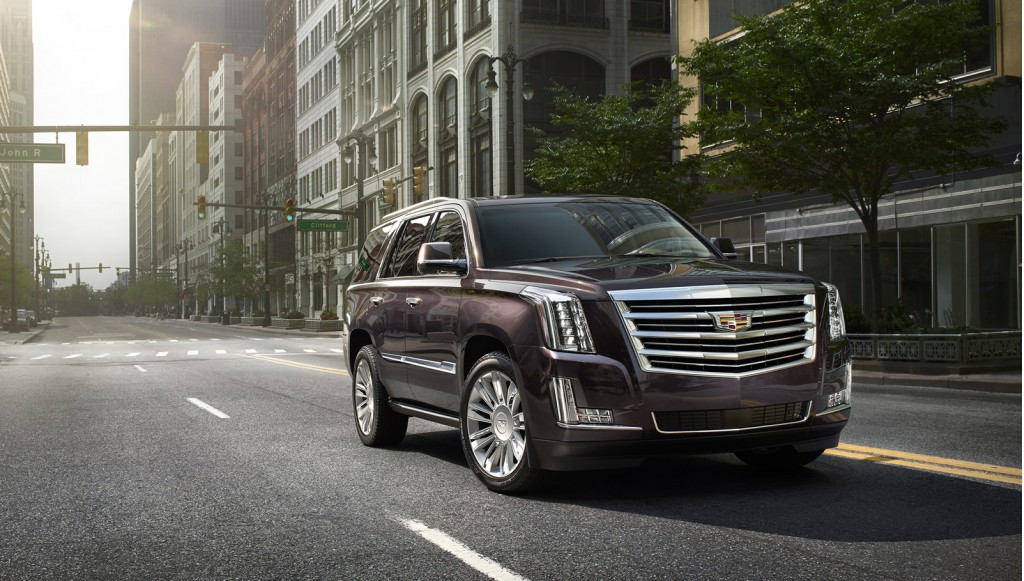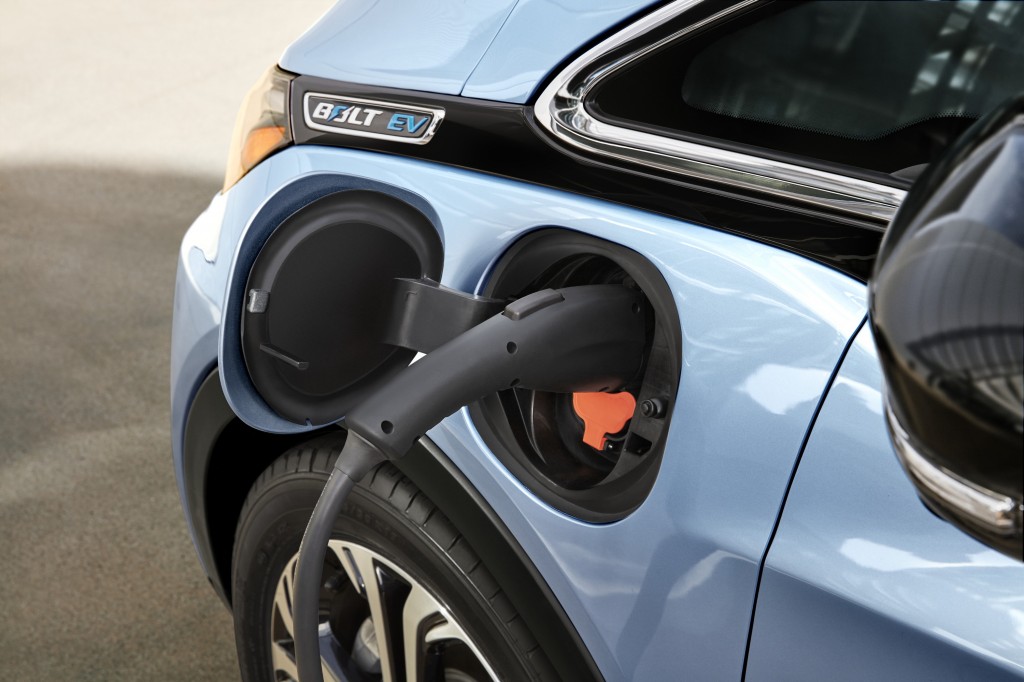Two weeks ago today, three federal and state agencies jointly released a "Technical Assessment Report" on how well automakers have done thus far in meeting corporate average fuel economy standards.
It concluded that car companies may not quite reach the theoretical goal of an average 54.5 mpg (or about 38 mpg on window stickers) for vehicles sold in the U.S.—due to the combination of cheap gas and higher sales of SUVs than expected.
Now the battle begins.
DON'T MISS: EPA: 2025 target of 54.5 mpg may not be met; SUVs, trucks, cheap gas to blame
The report sets the stage for what is likely to be a quiet but intense struggle over the future of the CAFE regulations for 2022 through 2025.
As industry trade journal Automotive News suggested on Monday—using the word "debate" in their headline, to be fair, rather than battle—automakers will likely work hard to try to reduce, delay, and modify those standards to make achieving the final rules less costly.
Predictably, a broad swath of environmental groups hailed the report's conclusion that automakers so far had met the 2012-2016 fuel-economy levels more easily and at lower cost than originally projected.

Gas pump
One example: “This is a defining moment for the auto industry. All signs show that the standards that drive clean cars to market are getting stronger, not weaker," said Luke Tonachel of the Natural Resources Defense Council. "It’s time for U.S. automakers to put their clean car programs into high gear.”
On the industry side, the Alliance of Automobile Manufacturers was less optimistic.
"It will be a daunting challenge to meet the very aggressive requirements of the 2022-2025 federal fuel economy regulations and greenhouse gas rule," the group said.
ALSO SEE: How CAFE works: 5 things you should know about gas-mileage standards
Through the Alliance, automakers will make the case that much has changed since the rules were modeled and detailed six years ago.
For instance, the target fuel efficiency assumes that passenger cars would make up fully two-thirds of new vehicle sales through 2025.
Trucks—which include not only pickups but also minivans, crossover utility vehicles, and SUVs of all sizes—would make up just a third of new-car sales.

2015 Cadillac Escalade Platinum
In fact, as of mid-2016, trucks represent half of sales. Manufacturers have issued a flurry of crossovers of all sizes, and they're selling like hotcakes, while sedans and hatchbacks require increasingly high incentives to sell.
If gasoline continues at relatively cheap prices, that's not likely to change—and it's happening globally, in China and Europe as well as North America.
That poses a major challenge to automakers, because it's harder to make a heavier, less aerodynamic utility vehicle fuel-efficient than it is a sedan or hatchback of the same footprint.
CHECK OUT: Will Tighter CAFE Rules Bring More Trucks, Fewer Small Cars?
The findings of the Technical Assessment Report issued two weeks ago lets all parties, from manufacturers to advocates, share common data on fuel efficiency, technology alternatives, and costs to inform the discussions.
A big point of debate is to what degree carmakers must sell partly or fully electric vehicles to meet the standards—and what should happen to California's separate zero-emission vehicle mandate in particular.
The report suggests that large numbers of hybrids, plug-ins, and battery-electric vehicles won't necessarily be needed, given makers' success in boosting efficiency with known technologies.

2017 Chevrolet Bolt EV
Those include multi-speed transmissions, smaller turbocharged engines with direct injection, lighter vehicle structures, more aerodynamic shapes, and other refinements.
Given automakers' general antipathy toward migrating from combustion engines to vehicles with plugs, this debate will likely be intense.
Green Car Reports will have more articles to come on the debate among carmakers, regulators, and advocates in the weeks and months to come.
_______________________________________













